How do active noise-cancelling headphones work? Are they worth it?
We explain the technology behind ANC...
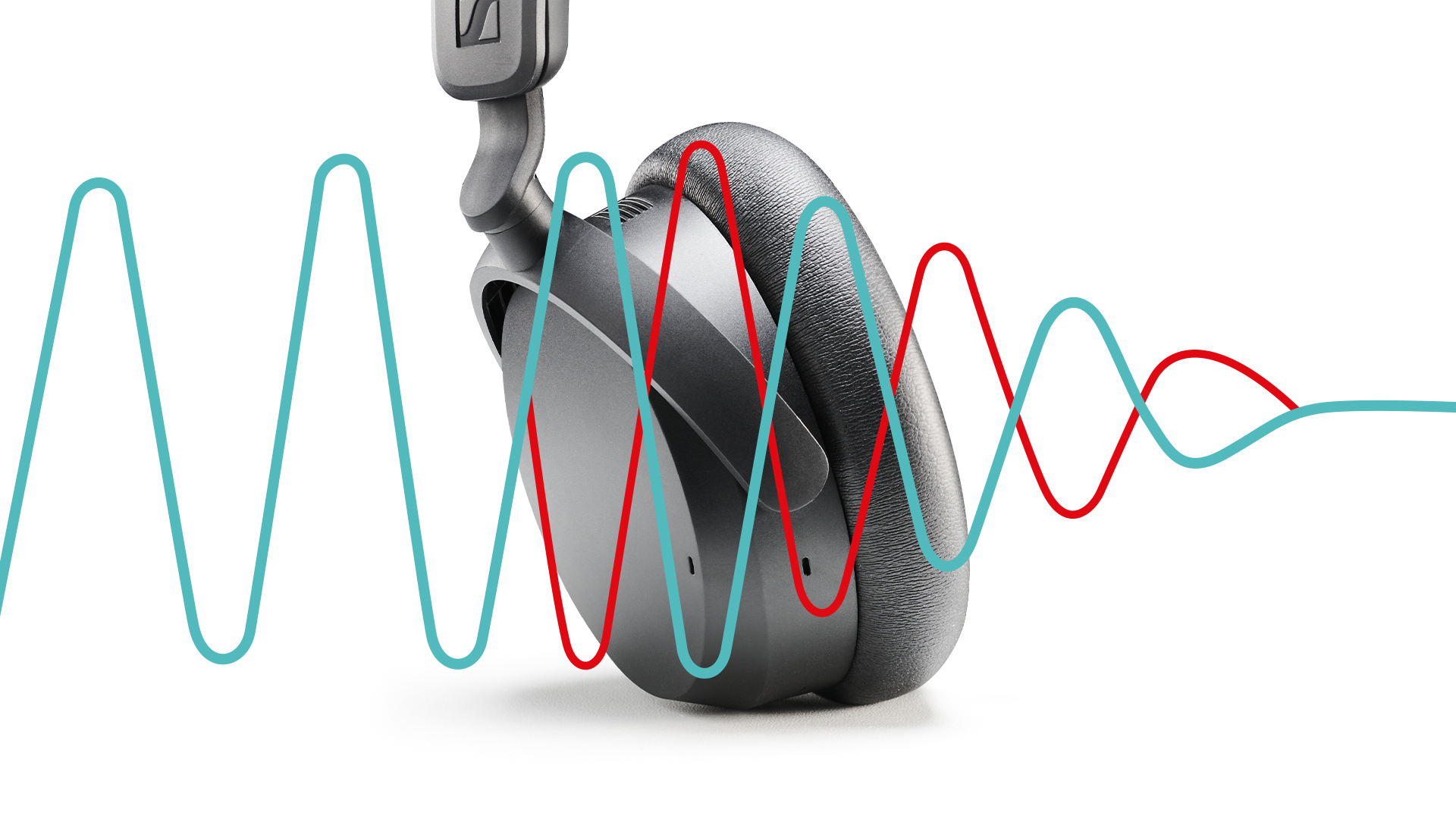
With modern life being more frenetic – and noisy – than ever, active noise-cancelling (ANC) technology is more invaluable than ever. By muting the outside world, ANC headphones can let you hear your music uninterrupted or allow you to zero in and focus on a task in (near) silence.
Pioneered by Bose and Sennheiser decades ago, headphones with active noise cancellation are nowadays almost exclusively wireless. You have wireless ANC earbuds like the Sony WF-1000XM5, Sennheiser Momentum True Wireless 4 and, of course, the ever-popular AirPods Pro 2, as well as wireless ANC over-ears such as the Sony WH-1000XM5, Bose QuietComfort Ultra Headphones and Apple AirPods Max.
Some of the best noise-cancelling headphones offer varying intensity levels of active noise cancellation – not just 'on' or 'off' – while almost all pairs released in the past few years have a Transparency (sometimes called 'Ambient' or 'Aware') mode that lets sound in if you want to briefly hear your surroundings – handy for hearing oncoming cars while out for a run, say, or chatting with a bartender without removing your headphones.
So how does active noise cancellation work? Believe it or not, the technology has been around since the 1970s and was first implemented in aviation headsets made for pilots. So get ready for take-off, because we're about to explain it all and then tell you which ANC pairs do it best...
Should you buy noise-cancelling headphones?
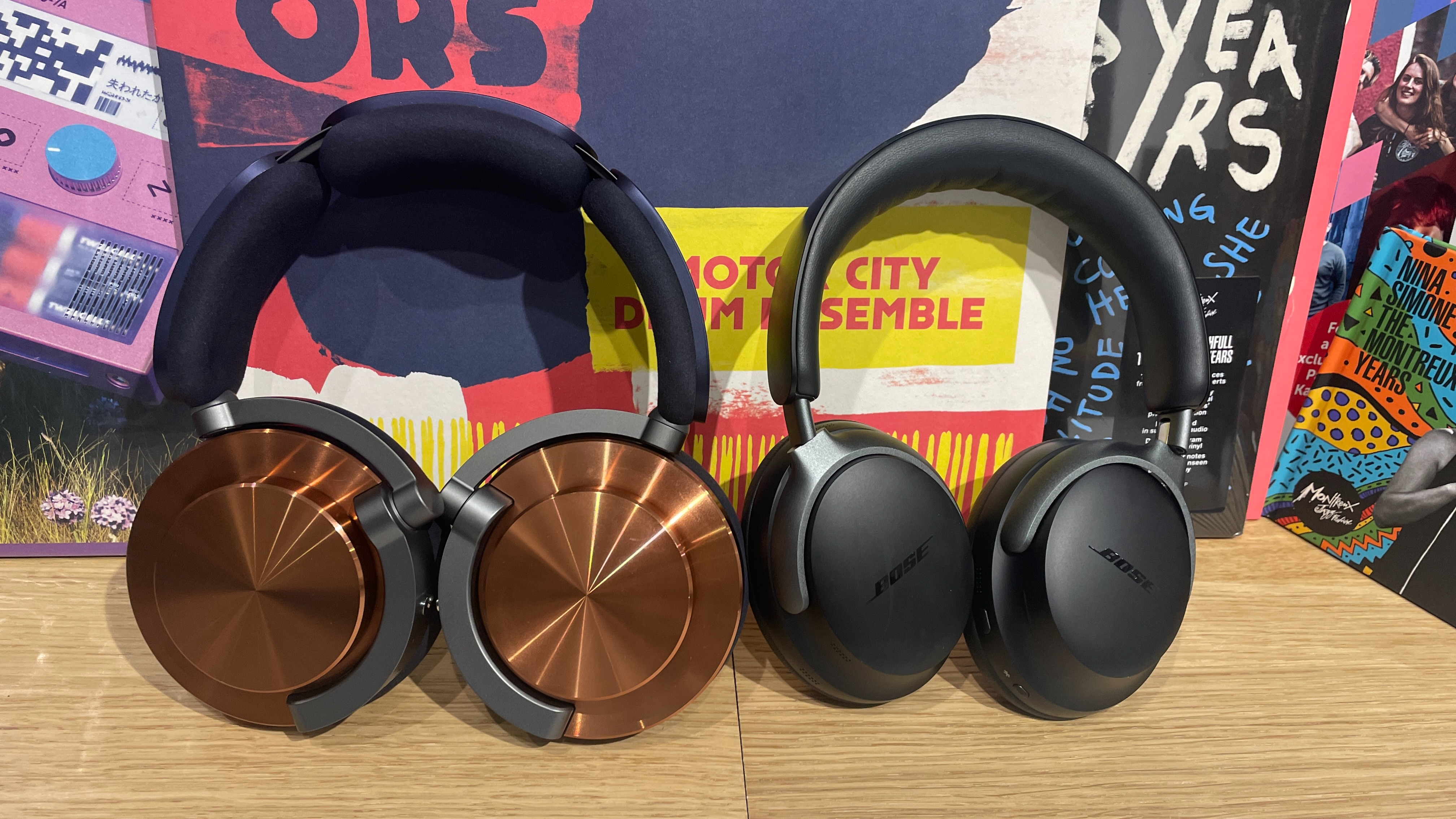
Picture the scene: Monday morning, at the table otherwise known as your 'home office'. Your other half's got a 10am Zoom meeting and a virtual yoga class at 11am. The chap next door has been fitting a new kitchen for, oh, around two weeks now. Currently a child upstairs is watching Frozen II on Disney Plus for the eighth time since Friday afternoon. Enter noise-cancelling headphones – your silence, your saviour.
The best pairs will ensure your headspace will become just that – yours, to fill with whatever music or podcasts you may fancy, or perhaps you just want as much quiet between your ears as possible. When you need to be back in the room, you can simply toggle the ANC off (and maybe put the Transparency mode on).
ANC headphones are great for travel too, letting you remove the thrum of the bus engine or the chatter in your train carriage with just the touch of a button. So if you like to listen to music out and about, particularly in noisy environments, noise-cancelling headphones may well seem pretty desirable.

If you had asked me five or ten years ago whether noise cancellation was a must-have feature, I would've advised some caution considering the detrimental effect its inclusion had on the sound quality of many wireless pairs. These days, however, good ANC and sound performance are much easier to come by, and the best examples can be found in this best noise-cancelling headphones guide. For me, ANC is a real blessing – especially when I travel – and a technology I'm glad is being implemented (and implemented well) on most wireless pairs regardless of price point.
How does active noise cancellation work?
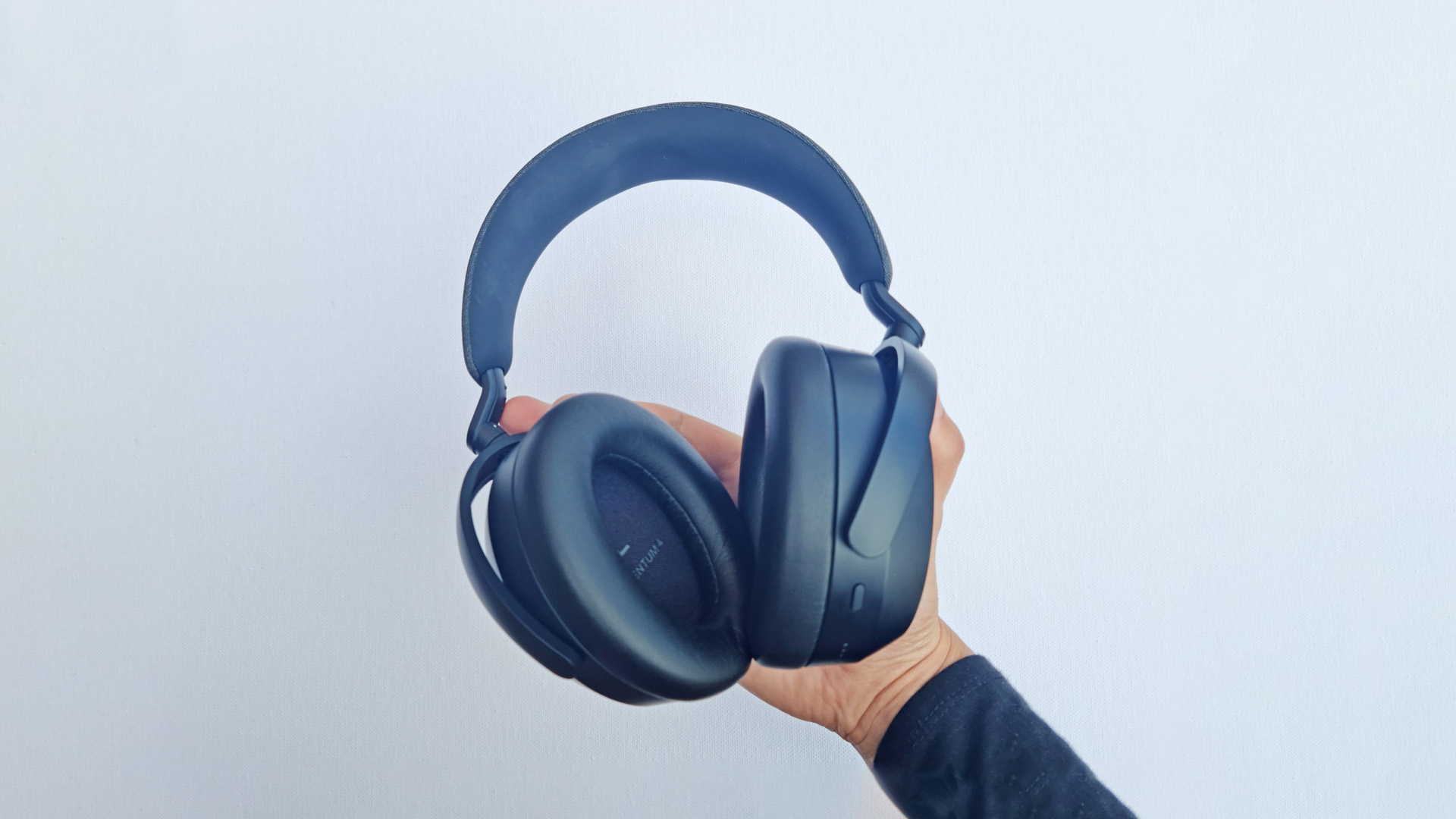
The short answer: two or more tiny microphones on the outer housing of the headphones' earcups "listen" to the noise around you and quickly create a mirror image of the compression and rarefaction of the air (i.e. external sound).
Too much too soon? Let's expand. Disregard the sound coming from your headphones and going into your ears for a minute. Focus on the sounds outside them – and all around you.
We can think of the sound waves around us like peaks and troughs, or ripples in a pond. Aeroplane engine noise is an ideal example since the thrum you hear in the cabin is typically a soundwave of constant amplitude – the height of the peaks and the depths of the troughs are largely continuous.
If you produce another sound wave with the same amplitude but opposite phase – with a peak where the engine sound wave has a trough, and vice versa – you get something called an antiphase. Added together, the two sounds cancel each other out. The result? Silence. And you're listening to your music in peace. This is visually represented in the graphic at the top of this page: the squiggly blue line is the external noise sound wave, the squiggly red line is the antiphase sound wave created by the headphones, and the horizontal blue line is silence (or close to it).
So, adding two things together to get nothing? Really? Yes. Think back to your school days (if you dare): adding a minus number to a number is the same as subtracting. So, 11 + -11 = 0.
Understood at the back? Good work. Back to your active noise-cancelling headphones and your upcoming train journey. Toggle ANC on and the tiny microphones on your headphones pick up that irksome engine thrum. This is then quickly measured by the headphones' internal electronics to produce an opposite sound, which is fed into your ears. If the tech does a good job, all you'll hear is the chug of the train fading into nothingness.
Try it out and you'll find that there is a second or so between switching ANC on and hearing it kick in. That delay is the time it takes for your headphones to listen to the noise that needs cancelling, process it and produce the appropriate 'anti-wave'.
More advanced (read: more expensive) noise-cancelling headphones actually use a larger number of these small microphones to pick up external sounds, in a bid to more accurately determine which sounds need to be cancelled and which you might want to still hear.
Noise cancelling at this level can sometimes be supplied with its own app. The Bowers & Wilkins Px8, for example, do a top job of customising the external sounds you want to hear. This particular model boasts 'office', 'flight' and 'city' environment filters, as well as a 'voice pass-through' (Transparency) slider to customise how much you want to hear the person sitting next to you, from 'off' (not at all, thanks) to 'amplified'. The veteran Bose Noise Cancelling Headphones 700 have 11 levels of noise-cancelling intensity to suit your needs, while their successors, the QuietComfort Ultra Headphones, let you select from modes (of ANC combined with sound settings) as well as create your own custom filter.
It's all done with the same antiphase calibration technology, and it's all pretty impressive.
Active noise cancelling vs passive
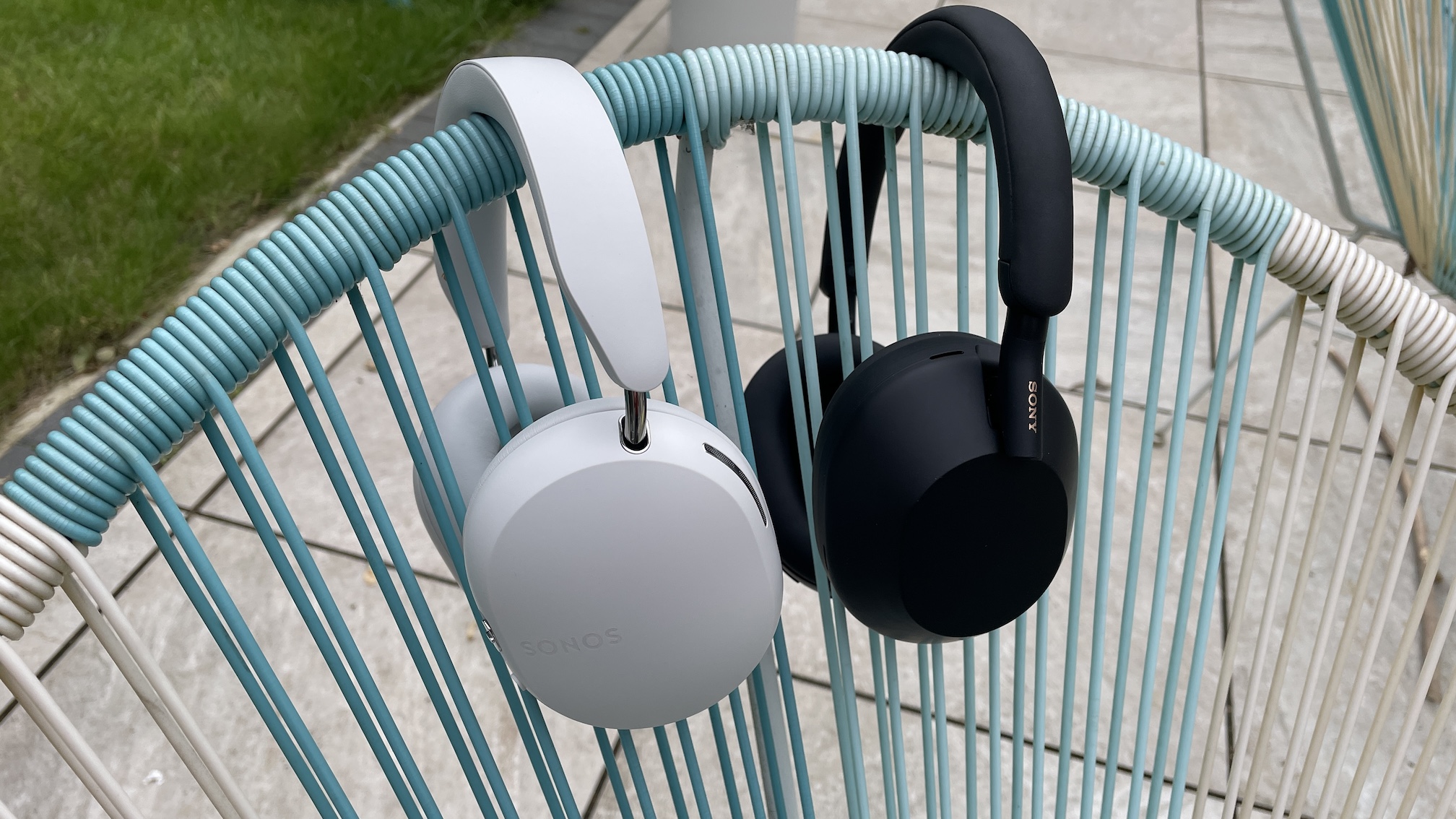
This is a fairly easy one, but it's worth explaining since some manufacturers may boast a "noise-isolating design" or "natural noise-cancelling abilities" in a product. Such terminology often comes under the 'passive noise isolation' umbrella and isn't the same as active noise cancellation.
Active noise cancellation is a technology; it's an electrical feature that requires power to work. When you're using it, you'll soon notice that your wireless headphones' battery is draining at a faster rate.
Noise isolation, meanwhile, is a physical thing; a term used to describe headphones that block out external sounds – and reduce the amount of sound leaking into your ears – without the need for power. This is simply achieved through build quality and design.
Many aspects of headphone design can contribute to passive noise isolation: closed-back headphones type, leather earpads, a good in-ear seal, sizing up or down in eartips, a heavier clamping force in the headband (meaning the earcups fit tighter over your ears), dampening in the earcups, and even the shape or material of the driver housings. But remember: it's not the same as active (powered) noise-cancelling headphones and isn't as effective.
What is adaptive ANC?
As we have alluded to already, active noise cancellation doesn't always remain static. Increasingly, modern headphones come with various ANC modes, one of the most popular of which is 'adaptive ANC' (it can also be called 'hybrid ANC'). As the name suggests, this mode automatically adjusts the noise-cancelling effect depending on your current environment.
In a busy coffee shop, for example, the ANC will increase in order to block out unwanted background noise. Step out into a quiet street, and the ANC will reduce. All this happens without you doing a thing – you just pop on the headphones and go about your day. They're designed to adjust ANC levels organically so that you don't audibly notice (and get distracted by) big changes.
Different brands call this function by different names, and they all work slightly differently. The Bose QuietComfort Ultra Earbuds play a short, sweeping tone every time you put them in your ears – when this happens, a mic inside each earbud measures your ear canal's acoustic response. The audio and ANC performance are then altered accordingly and then continuously tweaked in the background as the headphones monitor what’s happening around you. When in Transparency mode (which, as a reminder, amplifies background sound so that you can, say, hear a train announcement without having to remove the headphones), they also activate ActiveSense technology. This lets you hear your surrounding voices and whatnot but still blocks really loud background sounds that could be disruptive.
The AirPods Pro 2 do something similar but Apple calls it 'Adaptive Transparency' – it's effectively adaptive ANC during Transparency mode (which is what Bose calls Aware mode – confusing, right?). Their ANC is also adaptive, constantly listening out for noises to silence – the algorithm adapts the sound signal 200 times every second in order to react quickly (the Beats Fit Pro also have this feature). However, they don't have different ANC modes, whereas the aforementioned Bose pair lets you designate different levels of noise cancelling for different scenarios.

This functionality also features in the Sony WF-1000XM5, but here it's called Adaptive Sound Control. Like Bose's, it gives you different presets for different activities – staying, running, walking and transport – each with their own volume levels and degrees of ANC. You can customise these using the excellent Sony Headphones Connect app.
Can ANC headphones cut out all noise?
Unfortunately, no – not yet, anyway. They do come very close nowadays as the technology continues to advance, but because your ANC headphones are unable to come up with the appropriate signal automatically, some sounds inevitably creep in.
ANC headphones work best when the noise you're trying to cancel is low in frequency and constant – a train carriage, aircraft or office AC unit, say. Sudden occasional noises like a yell, dog bark or horn beep will often still be heard, because even the best ANC headphones aren't quite quick enough to create an antiphase sound in real-time.
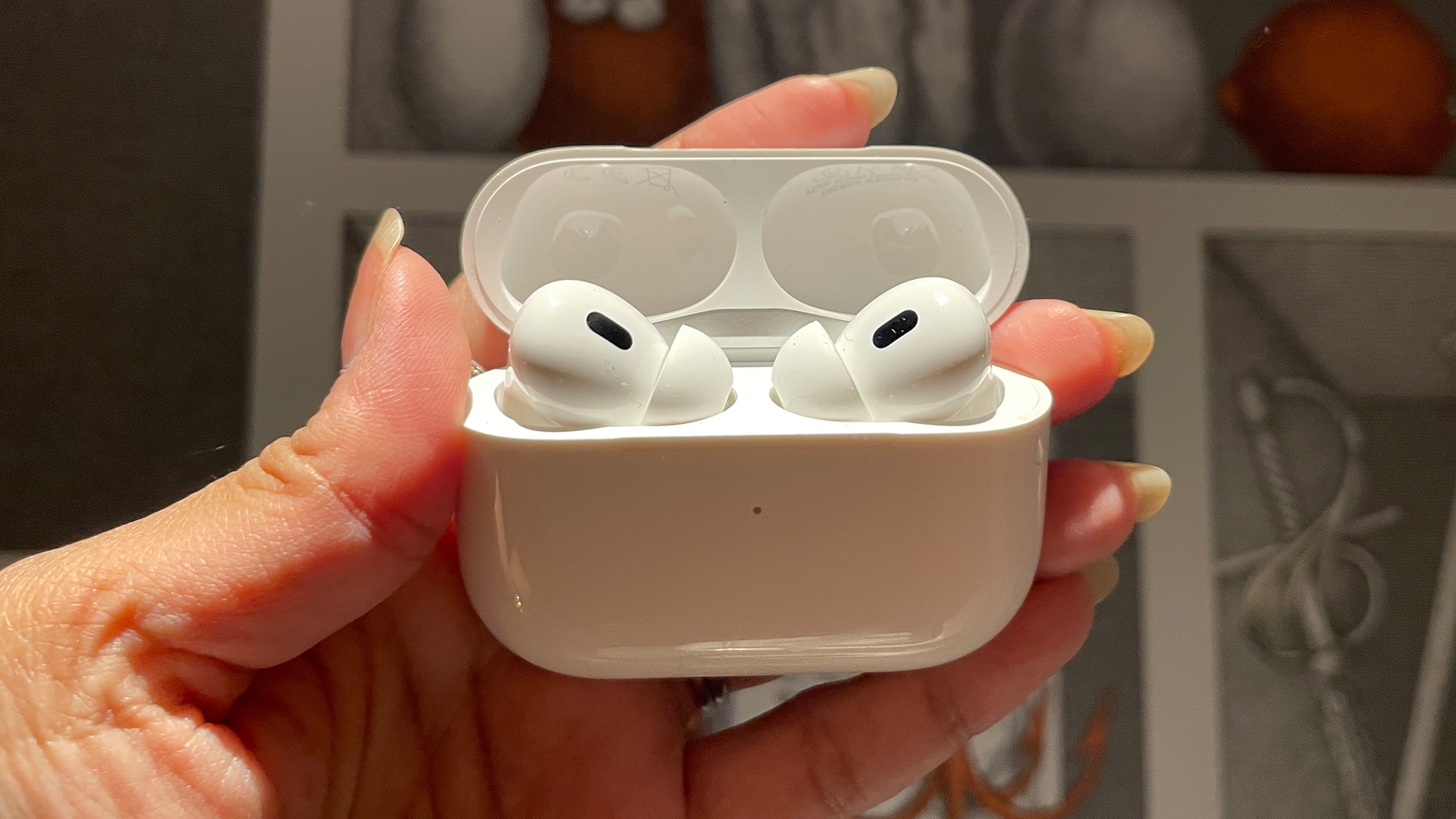
But you might be surprised at how effective noise cancelling can be. We found the Adaptive Transparency mode on the AirPods Pro 2 works well even on the London Underground, "where the sharp, screeching sound of the tube rails is blissfully damped down" we wrote in our Pro 2 review. It also takes the "higher-frequency edges off environmental noise like traffic."
Bose's Aware mode is also a real breakthrough. "It's fascinating to hear it in action," we noted in our review of the QuietComfort Earbuds II (the model in which the technology debuted). "We try it out in the pub and it’s impressive how much control the earbuds can exert on outside noise while still allowing you to get the general essence of the track in your ears. It sounds much more natural and balanced than when you try to achieve similar results with lesser ANC earbuds." It is equally as impressive in their successors too, the Bose QuietComfort Ultra Earbuds.
Are there any downsides to ANC headphones?
As you'll know if you've been paying attention up 'til now, ANC headphones are a great option for those who commute or travel frequently. Because you're cancelling noise rather than just whacking up the volume to drown it out, you'll be listening at quieter, safer, less tiring volumes.
Are there any downsides to ANC? There can be. Headphones featuring this in-built noise-cancelling technology are generally more expensive than their ANC-lacking counterparts, and toggling ANC on for long periods can diminish your headphones' battery claims.
Lastly, when headphones feature active noise cancelling, there can be a compromise on overall sound quality. The best models available now largely avoid this pitfall, but we have often found that when the active noise cancelling has been poor, the audio quality as a whole has been sub-par, too. Sometimes, a pair of wireless headphones with a solid, noise-isolating design – where more of the focus has been on delivering the best sound for the price – might be a better choice, especially if you won't need noise-cancelling tech too often.
Which are the best ANC headphones?
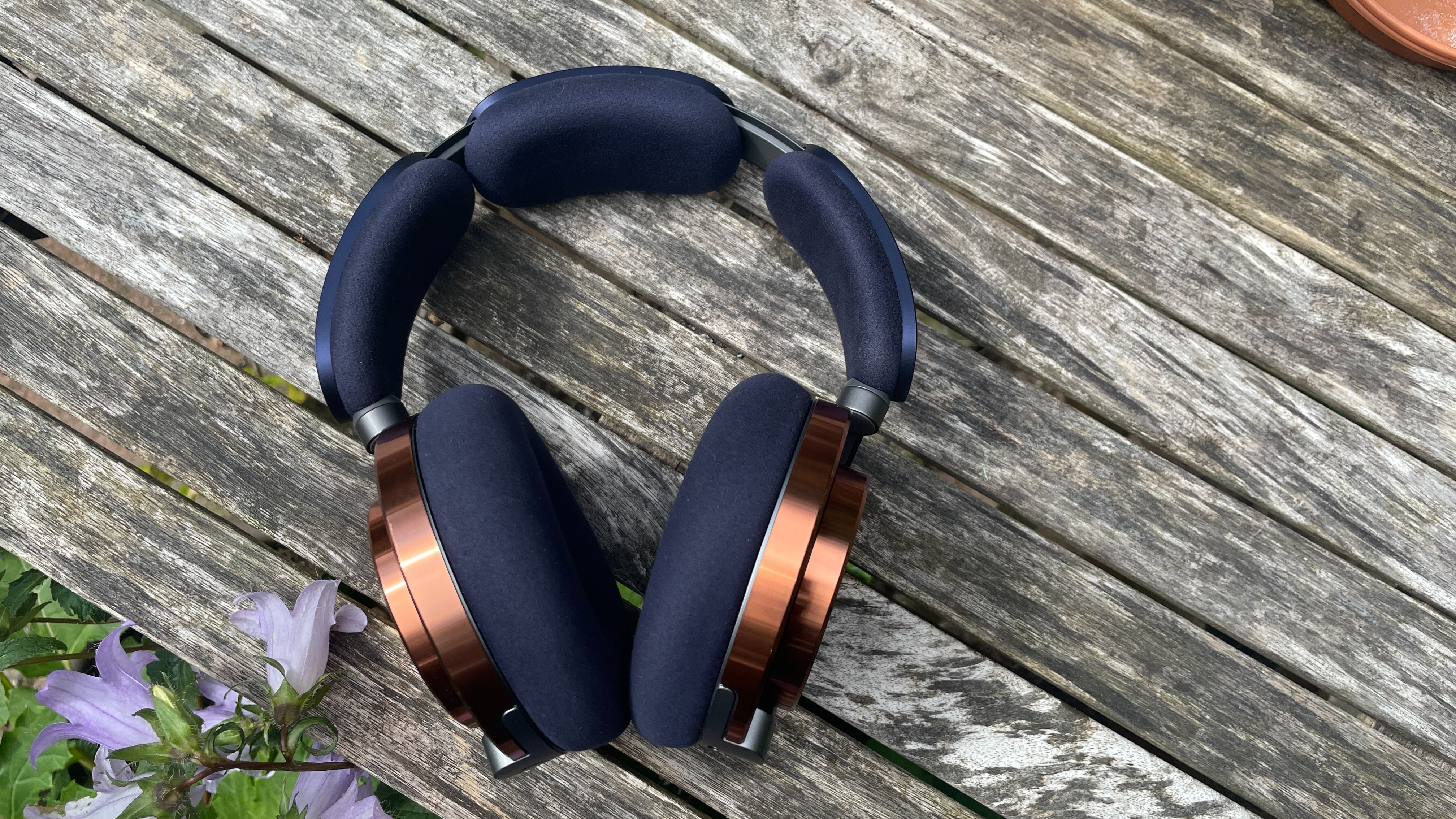
Still sold on ANC? Good on you – don't go anywhere just yet. We've tested in-ear, on-ear and over-ear noise-cancelling headphones from big hitters and little-known brands alike, and you can find a list of them in our definitive best noise-cancelling headphones and best noise-cancelling earbuds buying guide lists.
Our favourites include the multi-Award-winning Sony WH-1000XM5 over-ears and their in-ear brethren, the Sony WF-1000XM5. The former pair's successors, the WH-1000XM6, are also rumoured to be coming soon. They both nail the balance between value, sound quality and noise-cancelling performance better than any other premium models on the market – yes, including the AirPods Pro 2. However, if you truly want the very best active noise cancellation on the market, the slightly pricier and still great-sounding Bose QuietComfort Ultra Headphones and Ultra Earbuds are your best bets.
If you have a bigger budget, there are very few better than the Apple AirPods Max over-ears for Apple device users.
On a tighter budget and looking for something closer to the £100 / $120 / AU$200 mark? Sony dominates at the more modest end of the noise-cancelling market too, with its Sony WH-CH720N over-ears and WF-C700N earbuds. Bose's all-new QuietComfort Earbuds (2024) clean up the middle ground, too.
MORE:
ANC cans showdown: Bose QuietComfort Ultra Headphones vs AirPods Max
The best headphone deals right now
Undecided on the tech? Why I will never own a pair of noise-cancelling headphones
Get the What Hi-Fi? Newsletter
The latest hi-fi, home cinema and tech news, reviews, buying advice and deals, direct to your inbox.
Joe has been writing about tech for 20 years, first on staff at T3 magazine, then in a freelance capacity for Stuff, The Sunday Times Travel Magazine (now defunct), Men's Health, GQ, The Mirror, Trusted Reviews, TechRadar and many more. His specialities include all things mobile, headphones and speakers that he can't justifying spending money on.

